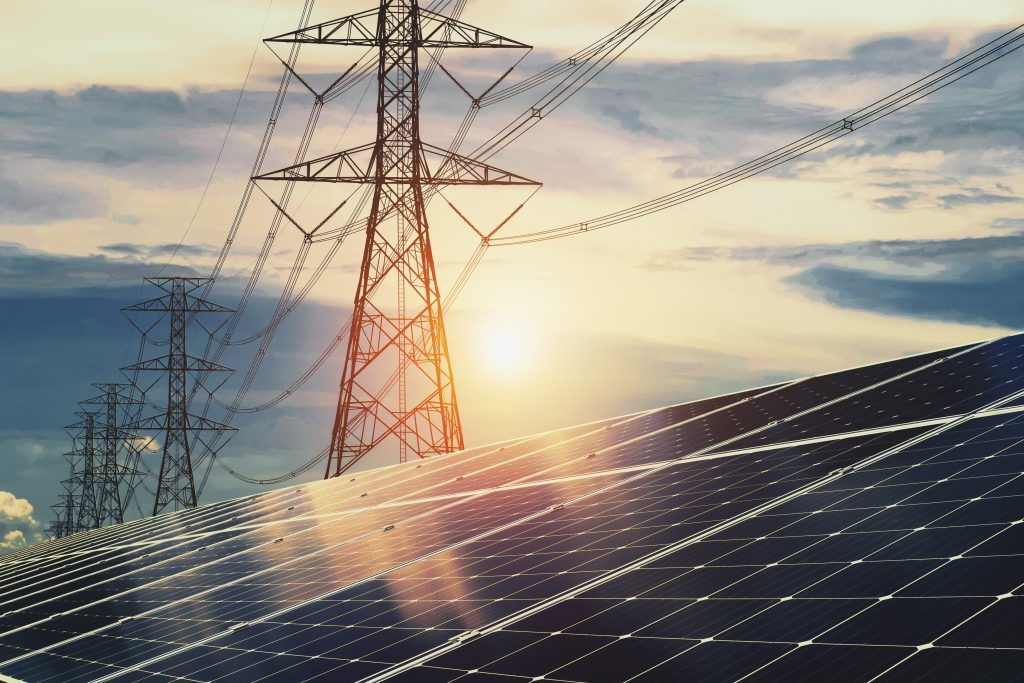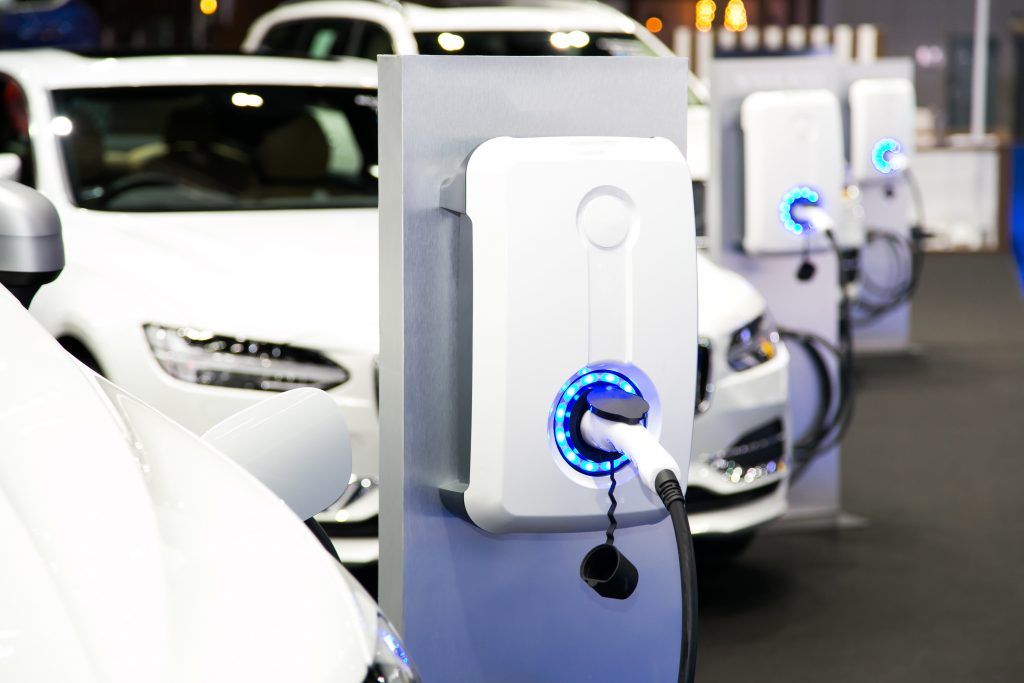The rapid deployment of low regret technologies, coupled with accelerated innovation in novel clean tech can deliver us to Net Zero in 2050, according to a new report from Energy Systems Catapult.
Innovating to Net Zero 2024 – the second ‘state of energy innovation’ report from the Catapult – created four future scenarios (Clockwork, Patchwork, Homework, and Dreamwork), using the internationally peer-reviewed Energy System Modelling Environment (ESME), to explore 3,600 different Net Zero-compliant energy system pathways.
The analysis reveals that while there remains significant uncertainty about the pathway to a future energy system, the options are narrowing. Accelerating the deployment of key mature technologies such as offshore wind and solar, large-scale nuclear, and the electrification of heating in our homes and buildings at an even faster rate than we’ve witnessed in the past 10 years is essential to propel us to a Net Zero future.
This should be delivered in parallel to an accelerated programme of innovation in novel technologies such as small modular reactors (SMRs), long duration energy storage, and bioenergy with carbon capture and storage (BECCS). These high potential, but less mature technologies, offer the UK’s clean tech innovators an opportunity to capture the high value parts of the international supply chain.
Analysis from the Innovating to Net Zero 2024 report demonstrates that the cost of meeting Net Zero is still within 1% of GDP by 2050. This includes £16bn per year in capital investment from the public and private sectors, part of £600bn in total system costs over the next 25 years.
Deploying clean technologies at pace and scale on its own will not be enough. The Innovating to Net Zero 2024 report sets out that integrating all these technologies into a reliable, clean energy system is also a huge innovation challenge. To achieve this so that consumers and communities are supportive of the transition will require a ‘whole systems’ approach. An effective Net Zero energy system will require an integrated design across different vectors (hydrogen, gas, electricity etc) and technologies in a way that allows them to work effectively together whilst ensuring security of supply and low costs.
Guy Newey, Chief Executive Officer at Energy Systems Catapult, said:
“2050 is just 308 months away and while the path to Net Zero has narrowed, innovations in mature and novel clean tech gives us cause for optimism. Our modelling has demonstrated that we have credible pathways to Net Zero available to us. But we need to accelerate the pace and scale of deployment to levels not yet seen. There has never been a more exciting time to be a clean tech innovator, it will take unparalleled levels of innovation, combined with targeted investment to make Net Zero a reality.
“To make the transition to a zero-carbon future, we need to make the transition as easy for consumers as possible – and we are seeing huge innovations in consumer-facing products and services that will make low carbon options a desirable choice for households and businesses. If we fail to take consumers along the journey with us, Net Zero will not happen.
“We do not know for certain what combination of technologies will get us to Net Zero in 2050, but our new modelling provides us with cause for optimism. We can meet our targets in a way that delivers for consumers and unlocks economic opportunities for innovators. The UK plays host to some of the world’s most exciting innovators and we are confident they will seize that opportunity.”
Alex Buckman, Innovative Solutions Architect – Flexibility at Energy Systems Catapult, said:
“Whilst there are plenty of things we don’t know about the future, our analysis has shown that there is much more that we can be certain about. If we continue to innovate and strive for a well-planned and integrated transition to a Net Zero energy system, it can be affordable and could provide huge opportunities for UK companies, benefitting UK citizens and beyond.”
The analysis points to the areas of the energy system that require the most urgent focus on innovation – power, heat, and transport – without which, the UK will depend more on significant lifestyle changes. On their own, each of these technology innovation areas is ambitious. When combined, the importance of coordinated and focused action is clear.
Power
Decarbonising the UK’s energy system will depend in large part on electrification, with final energy consumption across all scenarios ranging from 525TWh/yr to 619TWh/yr by 2050. This is double the size of the power system in 2024.
- There will be a key role for offshore wind generation with between 33GW and 76GW installed, providing up to 53% of all UK electricity production by 2050.
- Solar PV provides up to 11% of all UK electricity production with between 19GW and 70GW installed.
- With between 23GW and 31GW installed, nuclear power generation will remain a crucial contributor to UK electricity production in all energy system designs.
- There is an urgent need to accelerate development of small modular reactors (SMRs). Up to 16GW of installed generation capacity comes from SMRs in the modelling.
- The UK will remain heavily dependent on negative emissions technologies, such as bioenergy with carbon capture and storage (BECCS) – deployed from 2030. BECCS provides ‘emissions headroom’ for ‘hard-to-decarbonise sectors’.
- Modelling suggests biomass consumption of between 108TWh/yr to 174TWh/yr by 2050 for hydrogen production, industry, power generation, and synthetic fuel production. A step-change in our biomass feedstock and bioenergy value chains is required by 2035.
- As yet unproven systems such as direct air carbon capture and storage (DACCS) are required from 2040 in all scenarios to help abate residual emissions.
- Across all scenarios we see between 128 and 178Mt per year of CO2 being captured including through DACCS across the whole energy system by 2050.
Heat
The ‘peak heat’ challenge – meeting the need for electricity at times of low renewables and peak demand – is the biggest system innovation challenge for Net Zero.
- The electrification of heat and hot water will account for around 77% (150-176TWh) of total electricity supplies by 2050. This represents a 500% increase in electricity demand compared to 2024.
- In all scenarios, most domestic heating is supplied by electric heat pumps. The roll out of heat pumps needs to be twinned with improvements to building efficiency and integrated control systems to manage peak heat demands.
- Providing between 9% and 29% of space heating and hot water demand by 2050, town and city-scale district heat networks will contribute to lower whole system costs.
- There is value in the use of hybrid heating systems – combining heat pumps and natural gas – during the transitional phase to Net Zero to avoid stifling the roll out of low carbon technologies while we upgrade the electricity network.
- Hybrid heating technologies provide resilience and security of supply in the event of a one in 20 weather event.
- Hydrogen is unlikely to play a significant role in heating buildings in the future except in communities located close to industrial clusters.
Transport
How we decarbonise shipping, aviation, logistics and personal mobility, will have a significant impact on the energy system cost and need for innovation in this sector.
- Electrifying cars and light duty vehicles are low regret options to pursue for 2050.
- Alternatives such as the widespread adoption of hydrogen in transport only become valuable to the energy system in highly implausible scenarios.
- Hybrid vehicles can help to manage peak demands faced by the electricity system.
- Without innovation to support decarbonisation of the maritime sector with hydrogen-based fuels we risk missing our Net Zero target.
- Meeting Net Zero without these technologies would require an additional £100bn investment into deeper decarbonisation of other sectors (representing an increase of 3.5% in whole system cost to 2050).
- Aviation is likely to be one of the sectors responsible for substantial emissions in 2050 and needs innovation in of a range of low carbon solutions including electric, gaseous and liquid fuel propulsion systems.
- Having introduced liquid hydrogen options for aviation, this appears an attractive decarbonisation option representing up to 21TWh (13%) of total hydrogen demand in 2050.
Download the report here: https://es.catapult.org.uk/report/innovating-to-net-zero-2024/
Image courtesy of Shutterstock.








